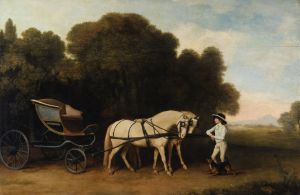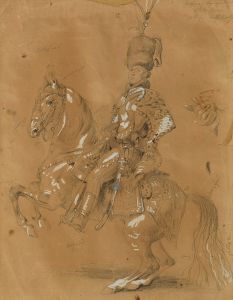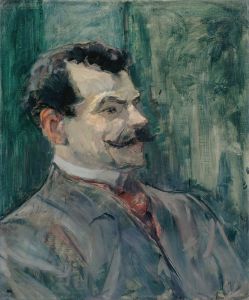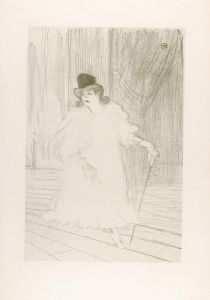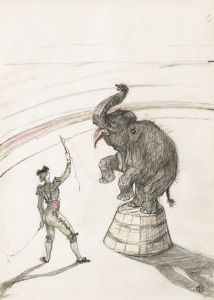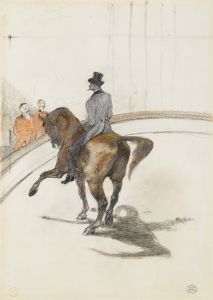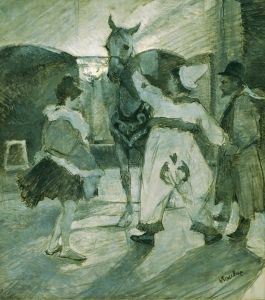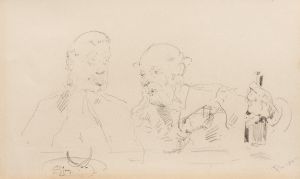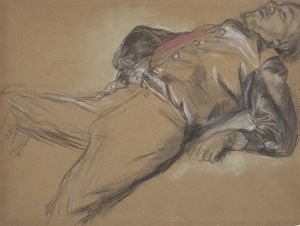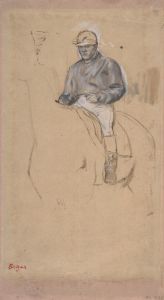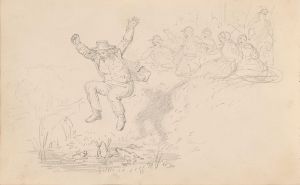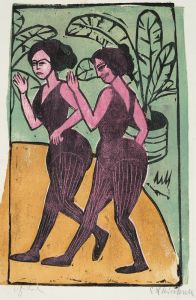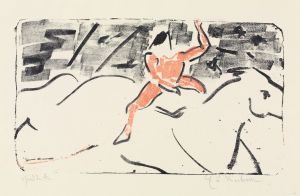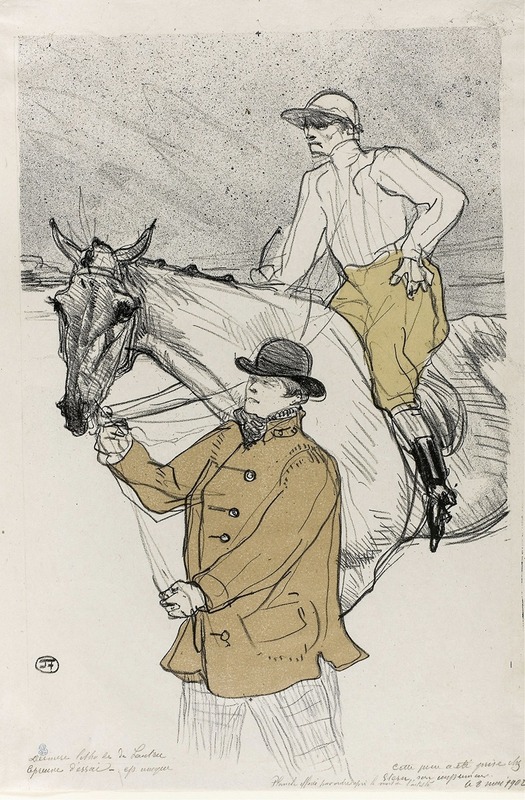
The Jockey Going to the Post
A hand-painted replica of Henri de Toulouse-Lautrec’s masterpiece The Jockey Going to the Post, meticulously crafted by professional artists to capture the true essence of the original. Each piece is created with museum-quality canvas and rare mineral pigments, carefully painted by experienced artists with delicate brushstrokes and rich, layered colors to perfectly recreate the texture of the original artwork. Unlike machine-printed reproductions, this hand-painted version brings the painting to life, infused with the artist’s emotions and skill in every stroke. Whether for personal collection or home decoration, it instantly elevates the artistic atmosphere of any space.
Henri de Toulouse-Lautrec, a prominent French painter and illustrator, created "The Jockey Going to the Post" in 1899. This artwork is a part of his extensive exploration of equestrian themes, which he frequently revisited throughout his career. Toulouse-Lautrec is renowned for his depictions of Parisian nightlife, but his interest in horses and horse racing also played a significant role in his artistic output.
"The Jockey Going to the Post" captures a moment of anticipation and movement as a jockey guides his horse towards the starting line of a race. The painting is characterized by Toulouse-Lautrec's distinctive style, which combines elements of Impressionism and Post-Impressionism. His use of bold lines and dynamic composition conveys the energy and excitement associated with horse racing. The artwork reflects his ability to capture the essence of a scene with minimal detail, focusing instead on the overall impression and mood.
Toulouse-Lautrec's fascination with horse racing can be traced back to his childhood. Born into an aristocratic family with a long history of equestrian pursuits, he was exposed to horses and riding from an early age. This background likely influenced his recurring interest in depicting horses and jockeys in his art. Throughout his career, he produced numerous works featuring equestrian subjects, including paintings, drawings, and lithographs.
In "The Jockey Going to the Post," Toulouse-Lautrec employs a limited color palette, which is typical of his later works. The muted tones and subtle contrasts emphasize the form and movement of the horse and rider. The background is often simplified, drawing attention to the central figures and enhancing the sense of motion. This approach is consistent with his broader artistic philosophy, which prioritized capturing the essence of a subject over detailed realism.
The painting is also notable for its composition. Toulouse-Lautrec often used unconventional angles and perspectives to create a sense of immediacy and engagement. In this work, the viewer is positioned close to the action, almost as if they are part of the scene. This technique invites the audience to experience the thrill and anticipation of the race alongside the jockey and horse.
Toulouse-Lautrec's equestrian works, including "The Jockey Going to the Post," are less widely known than his depictions of the Parisian cabaret scene, but they are an important aspect of his artistic legacy. These works demonstrate his versatility as an artist and his ability to capture a wide range of subjects with equal skill and sensitivity.
Today, "The Jockey Going to the Post" is appreciated for its dynamic composition and the insight it provides into Toulouse-Lautrec's broader body of work. It serves as a testament to his enduring fascination with movement and his ability to convey the excitement of the moment through his unique artistic vision. The painting remains a valuable piece for understanding the diversity and depth of Toulouse-Lautrec's contributions to the art world.





